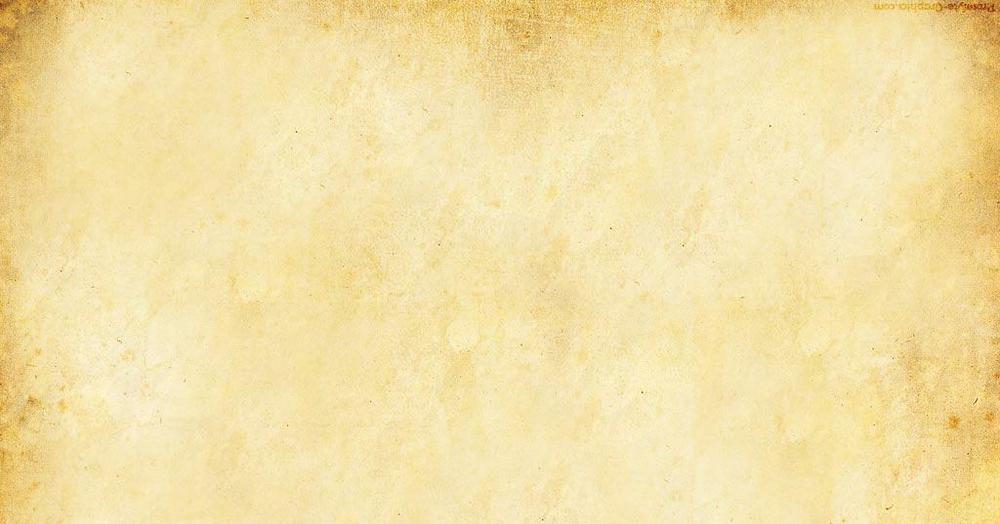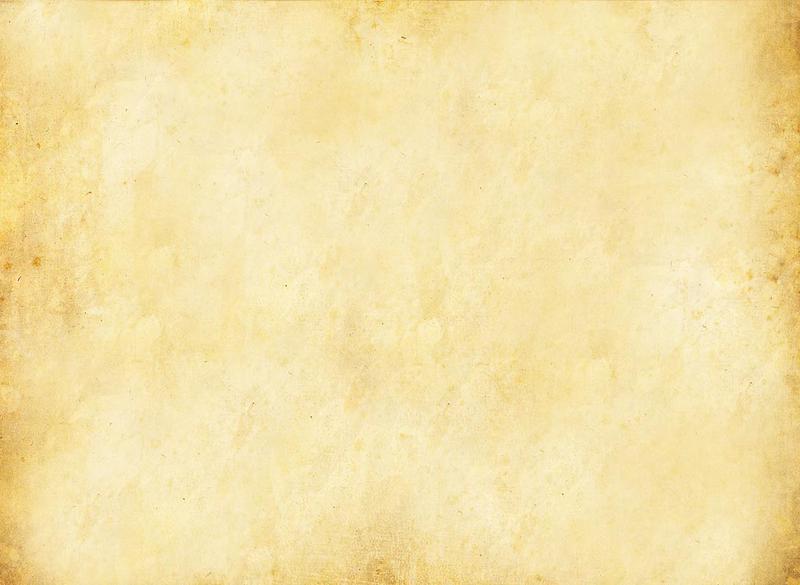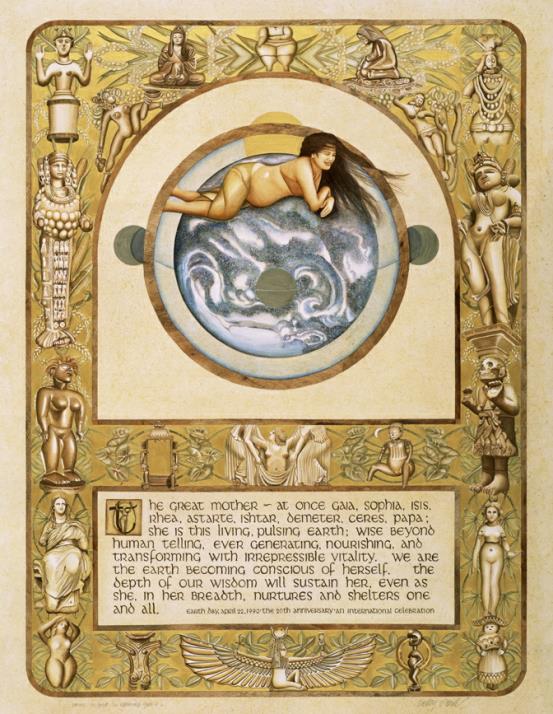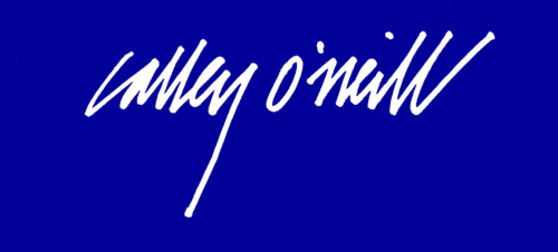Size: 43" by 34"
Medium: Politec glaze painting on panel with a'a niu (coconut cloth) with Calley's handcrafted koa and a'a niu frame
Rare Original: $125,000
Giclee:
Small (approx. 19" x 24") $525
$525
Large (approx 24" x 36") $1000
$1000
Large Hand Embellished - $1000
Small Hand Embellished - $2000
GAIA, A TRIBUTE TO THE MOTHER EARTH
This little story only hints at the history and significance of the Mother Goddess. The painting is a tribute to this living system we refer to as our home planet Earth, called Gaia by the Ancient Greeks and contemporary ecologists alike.
The original glaze painting is Politec on panel and depicts Papa, the Hawaiian Mother Earth, in the center, surrounded by ancient manifestations of the life giving primordial Mother, who has been universally revered and celebrated by agricultural societies around the world since time immemorial. Since the Neolithic Mother Goddess (6500 - 3500 BC, Eurasia), the Goddess has been associated with the Earth and vegetation, usually in the form of grains.
 The Earth Mother Goddess was at the center of life in prehistoric times. The ancient ones viewed the Earth Goddess as lady of wisdom governing both fertility and decay in nature, birth and renewal. Together with the Sun, she is the source, the muse of inspiration that manifests as pure creativity. The Earth Mother Goddess was at the center of life in prehistoric times. The ancient ones viewed the Earth Goddess as lady of wisdom governing both fertility and decay in nature, birth and renewal. Together with the Sun, she is the source, the muse of inspiration that manifests as pure creativity. She is the great mother of all.
The Earth Mother Goddess was at the center of life in prehistoric times. The ancient ones viewed the Earth Goddess as lady of wisdom governing both fertility and decay in nature, birth and renewal. Together with the Sun, she is the source, the muse of inspiration that manifests as pure creativity. The Earth Mother Goddess was at the center of life in prehistoric times. The ancient ones viewed the Earth Goddess as lady of wisdom governing both fertility and decay in nature, birth and renewal. Together with the Sun, she is the source, the muse of inspiration that manifests as pure creativity. She is the great mother of all.
 The symbolism of the rounded fertile vessel predominates stone-age sculptures. The split between what was perceived as the “good” and “bad” qualities of the opposite beneficent and terrible goddesses came much later in the patriarchal disintegration of the holistic, all-powerful Mother Goddess of ancient origin. Whether these are the named qualities of the feminine aspect of a single goddess or many goddesses, is an ongoing scholarly debate.
The symbolism of the rounded fertile vessel predominates stone-age sculptures. The split between what was perceived as the “good” and “bad” qualities of the opposite beneficent and terrible goddesses came much later in the patriarchal disintegration of the holistic, all-powerful Mother Goddess of ancient origin. Whether these are the named qualities of the feminine aspect of a single goddess or many goddesses, is an ongoing scholarly debate.
 The Great Mothers that I painted have their names are inscribed on or near each of them. Clockwise from the upper right hand corner, they are: The Mother Earth of Crete, Dakini from Nepal (Dakinis are bringers of wisdom and inspiration from the depths), female Shinto Deity from Japan, faceless Mother Goddess from Malta, Bear Mother - Primordial Genetrix of the Northwest Coast Indians, Goddess figure from Sanchi, India, The Great Goddess Harappa from the Indus Valley, Hindu fertility carving from the Temple at Khapurajo, the Aztec Coatlicue of Death and Destruction, Astarte or Horned Ishtar, Ceres - The Roman Corn Goddess, Ibo head dress for The Earth Mother, The Exemplary Mother Isis of ancient Egypt, prehistoric figure from Japan, Gaia from Greece, Demeter, Mother Goddess and Giver of Wheat from Greece, rare female ancient Hawaiian Aumakua image, Diana (Artemis) of Ephesus, Turkey 100 AD, (center band as follows) The Supreme Goddess as Void - 14th century, India, the birth of a Goddess, Greece, Pre-Columbian figure, Mexico.
The Great Mothers that I painted have their names are inscribed on or near each of them. Clockwise from the upper right hand corner, they are: The Mother Earth of Crete, Dakini from Nepal (Dakinis are bringers of wisdom and inspiration from the depths), female Shinto Deity from Japan, faceless Mother Goddess from Malta, Bear Mother - Primordial Genetrix of the Northwest Coast Indians, Goddess figure from Sanchi, India, The Great Goddess Harappa from the Indus Valley, Hindu fertility carving from the Temple at Khapurajo, the Aztec Coatlicue of Death and Destruction, Astarte or Horned Ishtar, Ceres - The Roman Corn Goddess, Ibo head dress for The Earth Mother, The Exemplary Mother Isis of ancient Egypt, prehistoric figure from Japan, Gaia from Greece, Demeter, Mother Goddess and Giver of Wheat from Greece, rare female ancient Hawaiian Aumakua image, Diana (Artemis) of Ephesus, Turkey 100 AD, (center band as follows) The Supreme Goddess as Void - 14th century, India, the birth of a Goddess, Greece, Pre-Columbian figure, Mexico.
 The world’s seven major food staples are painted in the border: breadfruit, rice, wheat, corn, taro, cassava and sweet potato.
The world’s seven major food staples are painted in the border: breadfruit, rice, wheat, corn, taro, cassava and sweet potato.
The painting was commissioned by the Hawai’i State Earth Day Committee as Hawai’i’s signature work and poster for the 20th Anniversary of Earth Day 1990, an International Celebration. The Artist dedicated the work to the vibrant memory of her dear friend, the late Paul Mitchell, who was working with a creative team on the Big Island of Hawai’i toward the creation of a solar car.
Art and Soul for the Earth
Big Island of Hawai'i
 $525
$525 $1000
$1000





